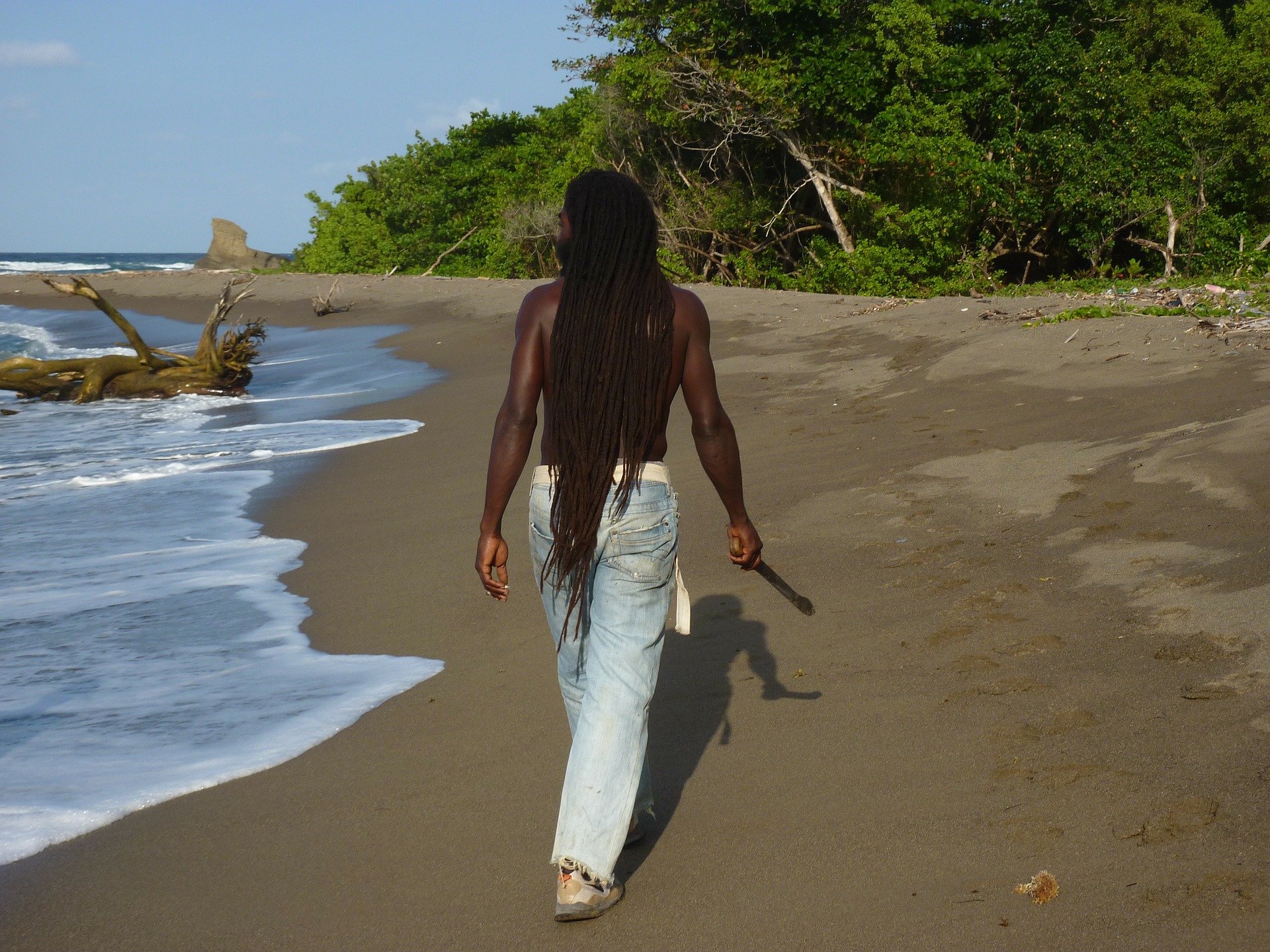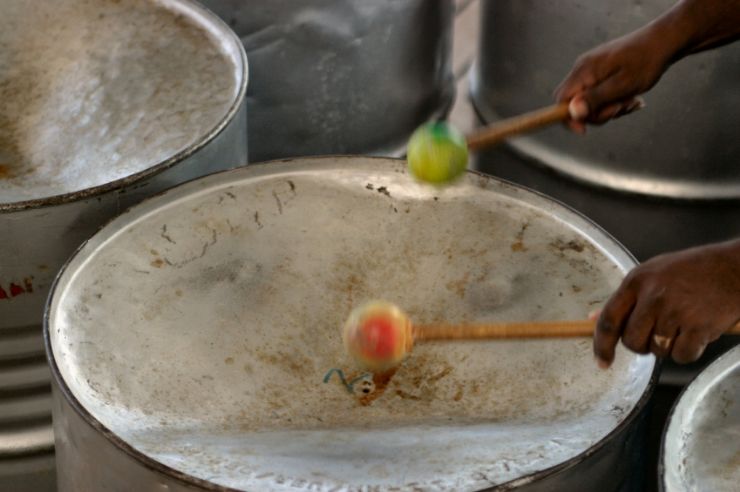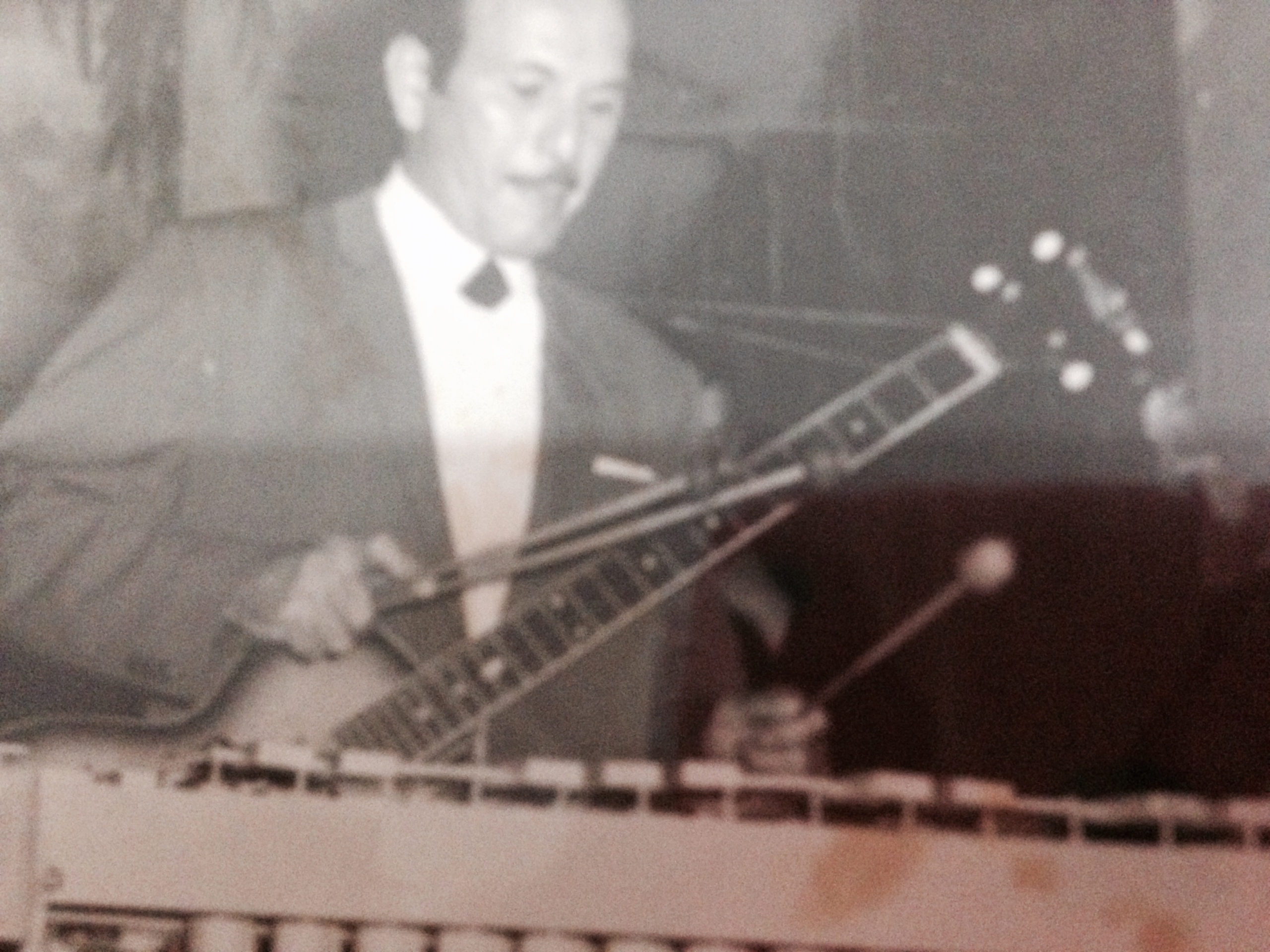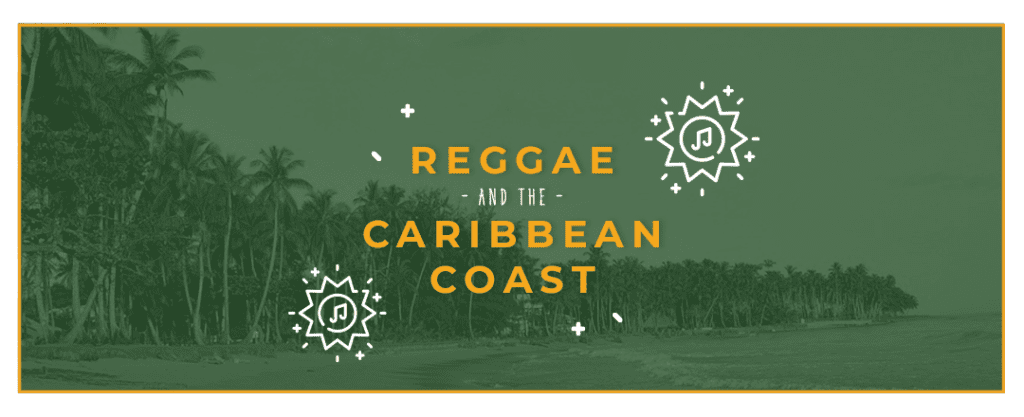HISTORY
One of the most defining features of Costa Rica’s Caribbean Coast is its multiculturalism. Indigenous, African, Spanish, and Chinese ancestral roots (to name a few) have created a distinct history and cultural space not found anywhere else in the country. The diversity is represented throughout all aspects of daily life, and music is no exception. Jamaicans brought reggae and calypso to the region. Today, Costa Ricans of diverse backgrounds play and listen to these genres in other parts of the country. But, the Afro-Costa Rican experience and stories of reggae and calypso are ultimately inseparable.
AFRO-CARIBBEAN ROOTS
Black people make up roughly 3 percent of Costa Rica’s total population, yet nearly a quarter of the population of the Caribbean coastal province of Limón. Some of the first Afro-Costa Ricans were enslaved people brought to the area by colonial Spain. Unlike other parts of Latin America, the ancestors of almost all Afro-Costa Ricans arrived much later as free people seeking employment opportunities. Most came from the British West Indies—primarily Jamaica—starting in the 1870s to work in construction of a railroad for transporting coffee from Costa Rica’s Central Valley to the Caribbean Coast. After the railroad’s completion in 1890, many found new work on banana plantations.
Afro-Caribbeans did not, however, have citizenship then—even those born in Costa Rica. In the 1930s worsening economic conditions fueled popular political pressure on employers to hire European-presenting Costa Rican citizens. A congressional act passed in 1936 cemented these racist practices, leaving many Afro-Costa Ricans unemployed. The president, Leon Cortés, forbade Afro-Caribbeans from traveling outside of the Limón province. This policy extended even to Black railroad employees, required to disembark and be replaced by White workers before the train continued inland.
In 1948, the newly elected president José “Pepe” Figueres offered Afro-Caribbeans citizenship in return for their political support. The community accepted this offer. With citizenship, however, their children would be required to attend Spanish-language schools—felt by English-speaking Afro-Costa Ricans as a means to erase their way of life and unique culture.
Today, English and Limonese Creole (a dialect of Jamaican Patois) are still spoken widely by Costa Rica’s large Jamaican diaspora. Their linguistic, rhythmic, and cultural traditions can be heard in folk and contemporary Costa Rican music. Two prominent contributions are the calypso and reggae styles.



CALYPSO AND REGGAE
Traditionally forms of political and social commentary, reggae and calypso were introduced to Costa Rica by Jamaicans. Calypso originated in Trinidad in the 1700s as a form of communication between West African enslaved people. It subsequently spread throughout the West Indies and ultimately to Costa Rica.
Reggae was born in mid-20th century Jamaica at the brink of political unrest, reflecting themes of protest and revolution. It is said to have arrived in Costa Rica via records, cassettes, and CDs that Jamaicans travelling between their ancestral homeland and the Caribbean coast brought for family members. At first, most Costa Rican reggae musicians and listeners were Afro-Caribbean and songs were sung in English and Patois. Nowadays Costa Rican reggae includes many Spanish-language songs as well.
A wide variety of instruments, dances, and techniques make up the Afro-Caribbean music of Costa Rica. One of the most important is the marimba, a xylophone-like percussion instrument first created by African communities in Central America. We also see banjos, drums, shakers, and the trumpet; steel drums take the spotlight in calypso. Popular lyrical themes include the joys and struggles of daily life and the Afro-Caribbean experience. In 2012 the Costa Rican government recognized calypso as “national patrimony.”



Today, calypso and reggae sounds can be found on DJ sets in San José nightclubs, wafting out from homes in Caribbean coastal towns, and so many places in between. In Puerto Viejo you can hear them in beach bars and local restaurants almost every night, played by musicians who add their own signature twist. If you’re familiar with their origins, you might pick up on the definitive Costa Rican flavor infusing classic calypso and reggae elements.



Our founder’s Grandfather, Carlos Toledo playing the Marimba with his band in Limon. Circa, 1950.
We hope you’ll make it to Costa Rica soon, and have the profound experience of enjoying a soulful meal with a view of the ocean…and the sounds of reggae letting you know just what a special place you have found yourself in






